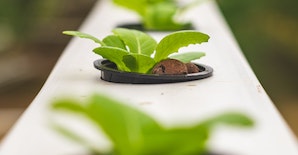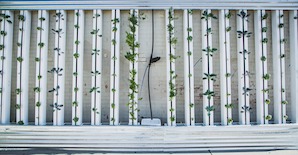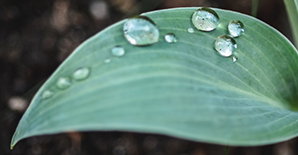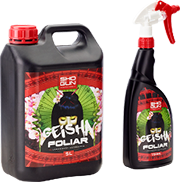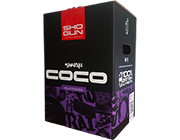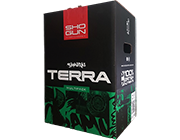How to Monitor Your Grow Room
How to Monitor Your Grow Room
More often than not, plants suffer as a result of abiotic factors - environmental problems, rather than biotic factors – animals, bacteria or viruses. Indoor growing allows us to control and fine tune environmental factors, thereby ‘supercharging’ plants in order to induce a growth rate and capacity well beyond what would be expected in nature. One of the keys to maintaining plant health and supercharging a grow is accurately monitoring the growing environment and adjusting it accordingly. How best do we achieve this?
1. Establish a baseline
It’s all to easy to stand in the middle of a space and decide that it’s perfect to grow in. But, do you know how cold it gets at night? How about in mid-winter? When does it heat up; in the morning light, the midday sun or when the central heating kicks in? Is it a dry heat or humid?
Plants operate at their best in a stable environment and changes that you may barely notice could significantly affect your plants. Measuring the environmental factors at play in a growing space before you start growing gives you a baseline to work from.
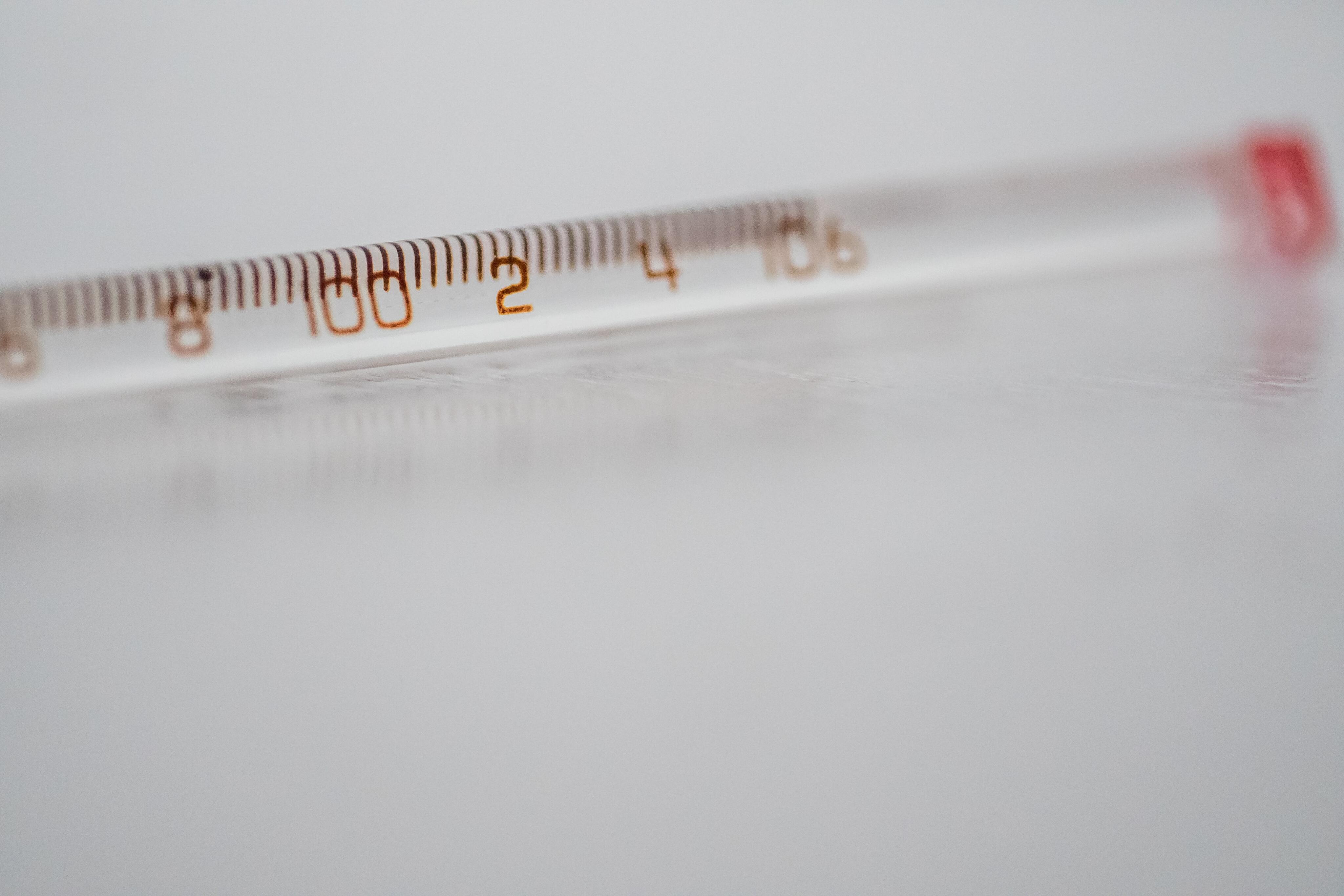
2. Hope for the best, plan for the worst.
The weather is changing, as absolutely nobody needs to be told! You might not think you need a heater in the summer or a humidifier in the winter, but it’s better to have them set up and switched off, just in case, rather than struggling around an established plant canopy to fit them in, if and when they are needed.
You’re a farmer now, so keep an eye on the weather and grumble about it whenever you can. In the UK, the Met Office app is free and about as good as it gets, which is to say it’s often right but also frequently wrong – hence the grumbling. Even if you can’t feel the difference that changes in the weather are making in your growing space, be assured that your plants can.
3. Collate, calibrate, and buy spare batteries.
Write down the measurements you take. Have a piece of paper handy or input the data into a number of charts and graphs – whatever takes your fancy, but do log your measurements. After a while, you’ll see patterns forming and eventually you’ll learn to predict how changes will affect your grow and you can better prepare for them.
Logging your recordings is also the best way of detecting when something is amiss with your recording equipment. Some of your kit will need calibrating from time to time; pH readings suddenly completely out of whack? It’s probably worth recalibrating your pH pen before dumping a load of pH Down in your rez.
Remember, equipment fails. Cheaper equipment fails more often, obviously, but high-end kit isn’t infallible either. If your kit is battery operated, try new ones before getting into a barney with whoever sold it to you.

